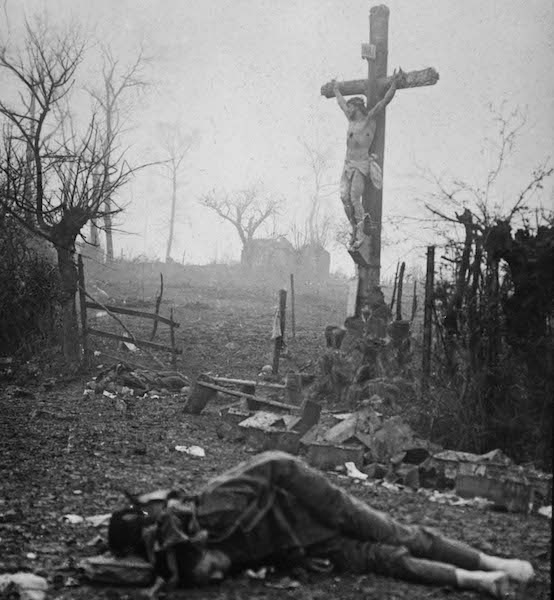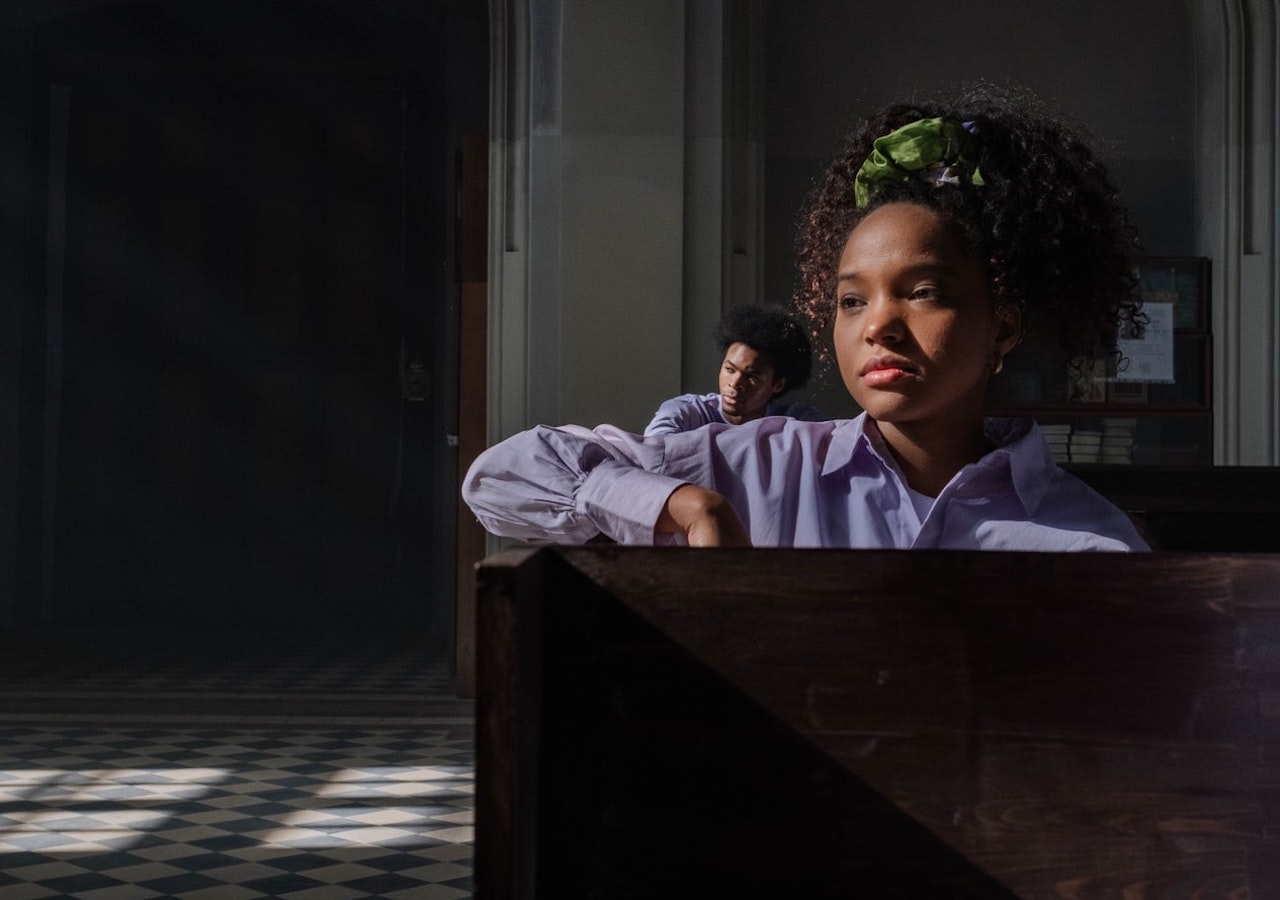Text: Lamentations 3:1-6, 14-24 (Todd is reading in this recording from the TANAK) and Revelation 21:1-7
The second sermon in the sermon series “Abide These Three: Faith, Hope, and Love”
Listen to the entire sermon. Below follows a partial transcript.
What is hope? Paul and James and Peter and the others are not so interested as much in defining what hope is, as in locating it for us in a very specific place and a very specific person, and that is Christ Jesus our Lord. He is our Hope. Hope for us as the people of Jesus is not a thing, it is a person.I mean hope is the first candle we light during Advent.
Jesus Christ is Hope. He is our hope because it is through him that we can trust and come to rely upon God. And we can come to trust and rely upon God because through Christ’s story we come to see and know a God who heals, who redeems, who is at work in this world. Working to redeem not just us, but indeed all of creation. Through Christ’s presence with us, in us, around us. In one another as part of the living body of Christ, the church. We come to see and touch and even experience God’s healing, redeeming work in this world. And because we can see, we can touch, can describe this work, we can put our finger on it, we can point to it, we can trust and rely on something that is not only bigger and better than ourselves, but bigger, better and brighter than our present circumstances might be.
“Optimism is about seeing the glass half full rather than half empty. Hope is seeing potential and possibility in a pile of shards scattered on the floor.”
We can rely on God and trust that God is moving all of time and space and history toward something better. Hope is so much more than optimism or positive wishful thinking. Optimism is about seeing the glass half full rather than half empty. Hope is seeing potential and possibility in a pile of shards scattered on the floor. But how do we come to develop that kind of vision?
It comes from placing our trust and reliance in God and in Christ. It’s putting our trust and reliance that we worship a God who created this world and said that it was good. That loves this world and believes it is worth saving. A God who is saving this world no matter how hectic or unjust or unsettled our place in it may look at any given point in time. Because reality is so much bigger than our place in this world, indeed reality is bigger than this world. And behind it, above it, beyond it, is something deeper and more powerful.

And that is what I believe this crucifix in this antique photograph is pointing to. Declaring in that wasteland of human wickedness, and that kind hope may be archaic, but it’s hardly obsolete.
WWI was supposed to be the “war to end all wars” but 100 years later we know that’s hardly been the case. There has been, and still is all manner of senseless violence, and death, and destruction in all corners of our world with seemingly no end in sight. And that’s why hope often seems like a delusion to those who do not have eyes to see through, and to see beyond what is right in front of us.
It’s also why though, understanding what hope is and being able to define it as the people of Jesus is not enough for us, it can never be enough for us. Because that’s not what Paul’s instructions to us are. He doesn’t say for us to understand hope, he doesn’t say for us to be able to define hope, he says for us to abide in hope…
So hope along with faith and along with love, if we are the people of Jesus, that should be the frame of the house in which we live. It’s not something abstract that’s out there, or up there somewhere, it’s something tangible down here-at least it should be.
“So hope along with faith and along with love, if we are the people of Jesus, that should be the frame of the house in which we live.”
Hope does not contradict, or ignore, or dismiss reality. It doesn’t try to white wash it or try to overlook it. Hope stares reality right in the face. It names it, it deals with it-in fact it is grounded in it. And when you read the laments in Lamentations, when you read the laments in the prophets, read the laments in the Psalms, there’s nothing sugar coated about it. They’re not trying to turn away from what they see and what they experience. They’re not trying to turn other people away from it. They’re diving right into the middle of it. And that’s how the prophets, Psalmist, spiritual poets behind books like Lamentation come to be reminded and experience the hope of their faith.
Like the cross in this picture, they name it. They wade out into the middle of it. They declare what they believe. They declare their hope in the midst of it. That will not overshadow or overcome the cross of Christ. Abiding of hope is what brings hope to us, it’s also what brings hope to us. And not only that, it doesn’t just help us to see it, it doesn’t just help us to remember it. It helps others to see it and feel it and experience it too…
“hope is the very best of God in humanity and in the world working to punch a hole in the very worst. Making a window where all we can see is a wall.”
The worst of humanity, the worst of the world is all around us. You don’t have to lift up too many rocks to find the worst of what people can do and what the world can bring. But hope is the very best of God in humanity and in the world working to punch a hole in the very worst. Making a window where all we can see is a wall. And hope keeps kicking, punching, clawing scratching because no matter how tiny that hole may be, hope knows that behind that wall and through that hole, there is light. There is the light of God, there is the light of Christ. There is the light of God’s love and mercy and grace. There is the light of a God who is working to redeem all of creation. And to make all things new. And one day through that work, we’re not just going to punch a hole through the wall, the wall is going to come tumbling down.
Thanks be to God.





















